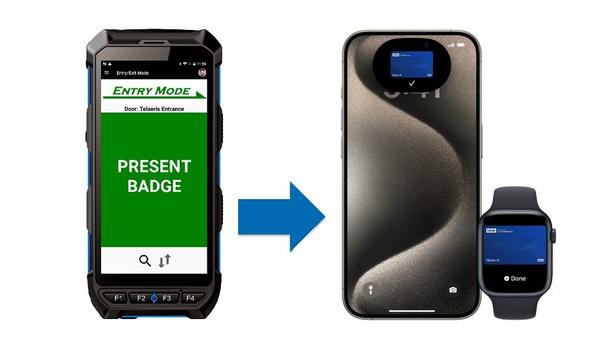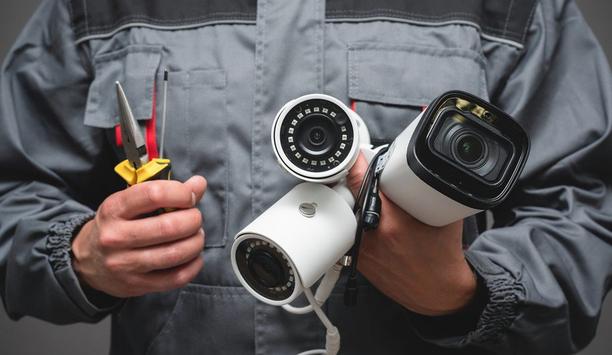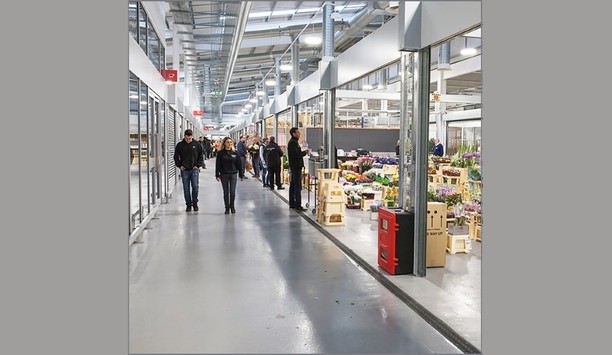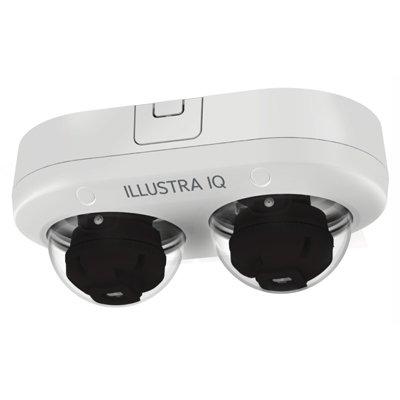Located in the buzzing heart of England’s capital city, University College London is one of the top ranking establishments for higher education in the world. Founded in 1826, London’s first university institution, the College now has an estimated 28,600 enrolled students and 14,600 members of staff.
Including agency staff, academic associates, and other visitors, UCL currently has a system of over 48,000 valid cardholders. Based primarily in the Bloomsbury area, UCL’s main campus is situated on Gower Street and includes departments such as biology, chemistry, economics, engineering, geography, history, languages, mathematics, philosophy, politics, physics, architecture and the Slade School of Fine Art, as well as the preclinical facilities of the UCL Medical School and the London Centre for Nanotechnology.
Electronic access control
UCL has been used as a location for a number of high profile film and television productions
While the UCL Cancer Institute and Faculty of Laws are also nearby, notable College buildings include the original Wilkins Building and Gower Street’s Cruciform Building, previously home to University College Hospital. The University has further sites based elsewhere in and around London, such as the UCL Institute of Ophthalmology, the UCL Institute of Orthopaedics and Musculoskeletal Science, The Royal Free Hospital Medical School, and also the UK’s largest university-based space research group, the Mullard Space Science Laboratory, and UCL’s own astronomical observatory at Mill Hill.
Due to its position within London and the historical nature of its buildings, UCL has been used as a location for a number of high profile film and television productions, including Gladiator, The Mummy Returns, The Dark Knight and Inception. The sheer scale of the University’s operations, with thousands of occupants fluctuating between its numerous facilities, has dictated the need for a comprehensive electronic access control security system – one which has evolved over many years.
Physical locking controls
UCL’s Security Systems Manager, Mike Dawe explains that while adhering to the University’s culture of ‘general openness’ on campus, Gallagher systems have been introduced as “a progressive response to the need for more security control on site.” Security throughout the University is managed by the Security Department of the Estates Division, which has responsibility for all the physical locking controls and electronic systems, as well as the provision of the security guarding service.
By and large an open campus, a number of university buildings are free to visitors from the general public, while others are controlled by turnstiles accessible by valid cardholders only. Many other research areas are available only to those with specific security passes. Gallagher’s systems have been in place with the University since 1993 and were originally chosen for the Gallagher Commander Hardware’s ability to communicate effectively over long distances between buildings.
Key industry challenges
Following were the key industry challenges involved:
- Ensuring appropriate access to students/staff onsite
- Implementation of lockdown and evacuation procedures
- Controlling access to key University areas
- Protecting University property
- Providing unobtrusive but robust security
- Control and management of multiple systems
- Visitor time and access management
Central records systems
Full data integration was achieved in 2006 when the system was linked to UCL’s central HR
Recognised by Mike as the ‘next important direction for the University’, the subsequent introduction of the Gallagher Access Control system (formally Cardax FT) in 2003 enabled Gallagher’s main security system to be integrated with UCL’s other data systems. Additionally, Mike highlights how “Gallagher’s ‘building blocks’ approach to programming the software also provided greater flexibility when using the system, while the network infrastructure enabled us to move away from our own discrete wiring.”
Full data integration was achieved in 2006 when the system was linked to UCL’s central HR, student records and visitor records databases. Combining the regular ID card with a single access control card then followed, and validity is kept fully updated by the University’s central records systems. Currently the University has 101 buildings on the Gallagher system, which controls 939 doors, 32 turnstiles and 15 lifts.
General perimeter control
Typically, Gallagher security is used for the general perimeter control of the buildings, such as those with both turnstile access and a reception at the entrance, as well as additional control within College buildings to divide public and semi-public areas from departmental spaces. Gallagher systems also control UCL’s top security areas such as high risk research space and data centres.
Describing UCL’s security operation, Mike explains how the Gallagher solution has been integrated with the inhouse HR, student and visitor records systems and filters duplications to ensure a single identity. This information is then fed through the Gallagher system to update cardholder records using an ‘import/export’ function. The Gallagher technology is also used to automatically send barcode information to the Library systems and update the student records system with student photos. Scheduled email notification reports are also sent regularly which, according to Mike, “has proved very useful for UCL’s high value areas.”
Security operations team
We routinely use reports and produce these in response to departmental concerns and requests"
“We routinely use reports and produce these in response to departmental concerns and requests”, he explains. “Typically this is done by the security operations team, which analyses the information, along with CCTV data to investigate suspected crimes.” UCL is planning to integrate the Gallagher Security system with its existing CCTV system and will use this, in addition to the new Command Centre Premier client, to improve the provision of site information to the Security Control room staff.
The University is also currently developing its import/ export process to automatically provide access levels based on person-type information, such as department, course etc. Gallagher would like to thank Mike Dawe, UCL’s Security Systems Manager, for his support with the production of this site profile. We would also like to acknowledge the support of our security partner, Reach Active Limited who has contributed significantly to the successful implementation of the Gallagher system at University College London.



































